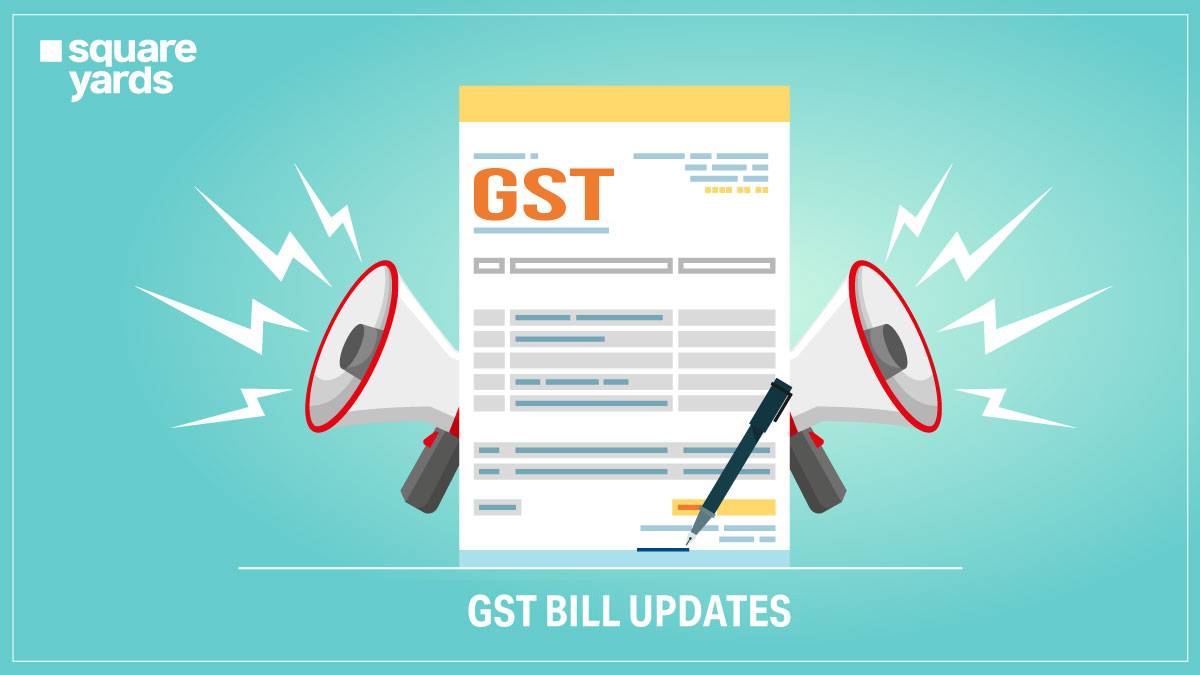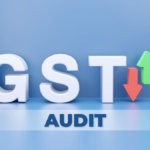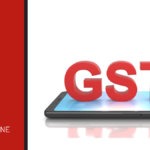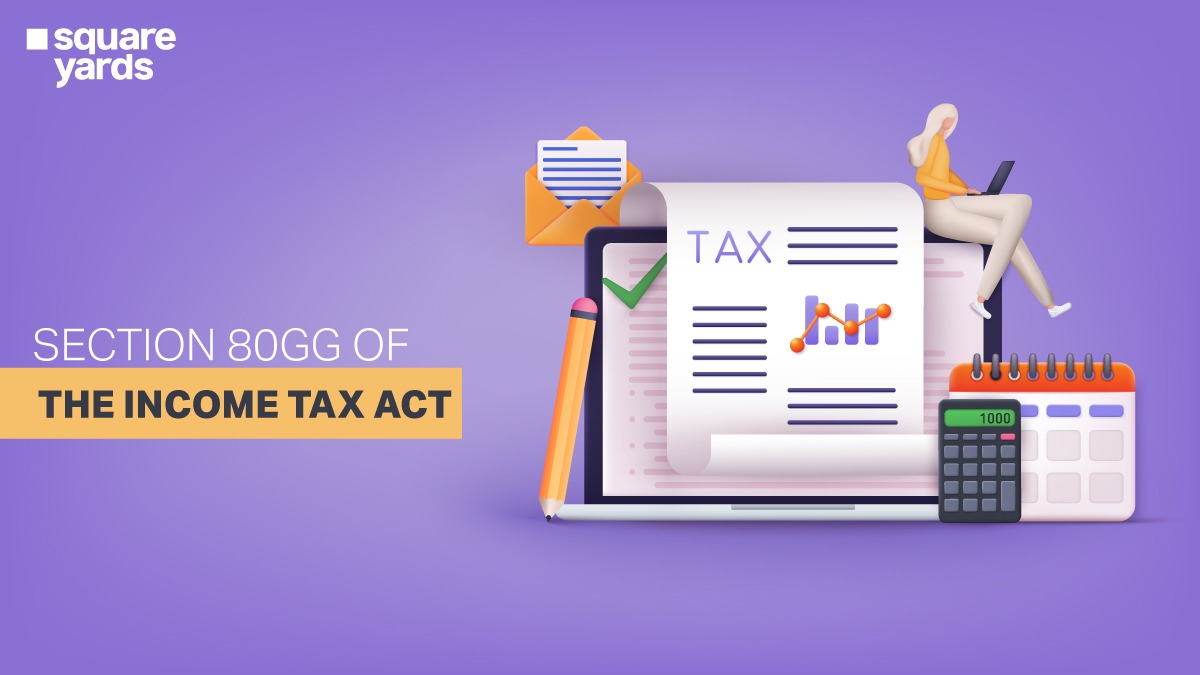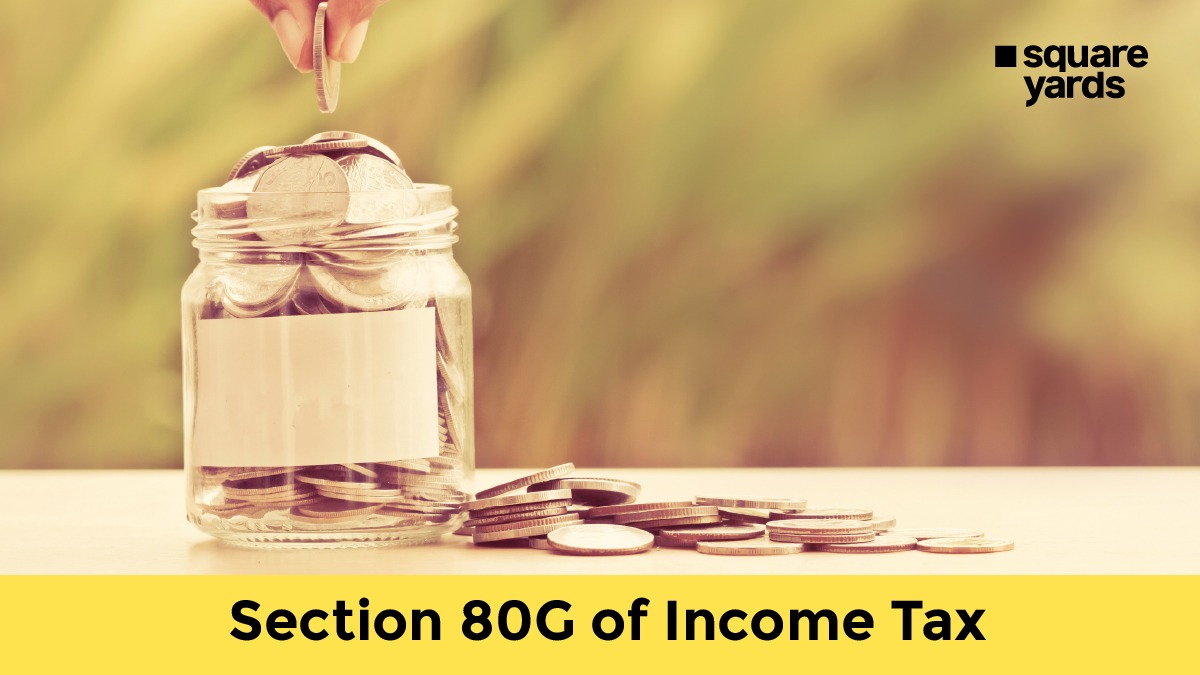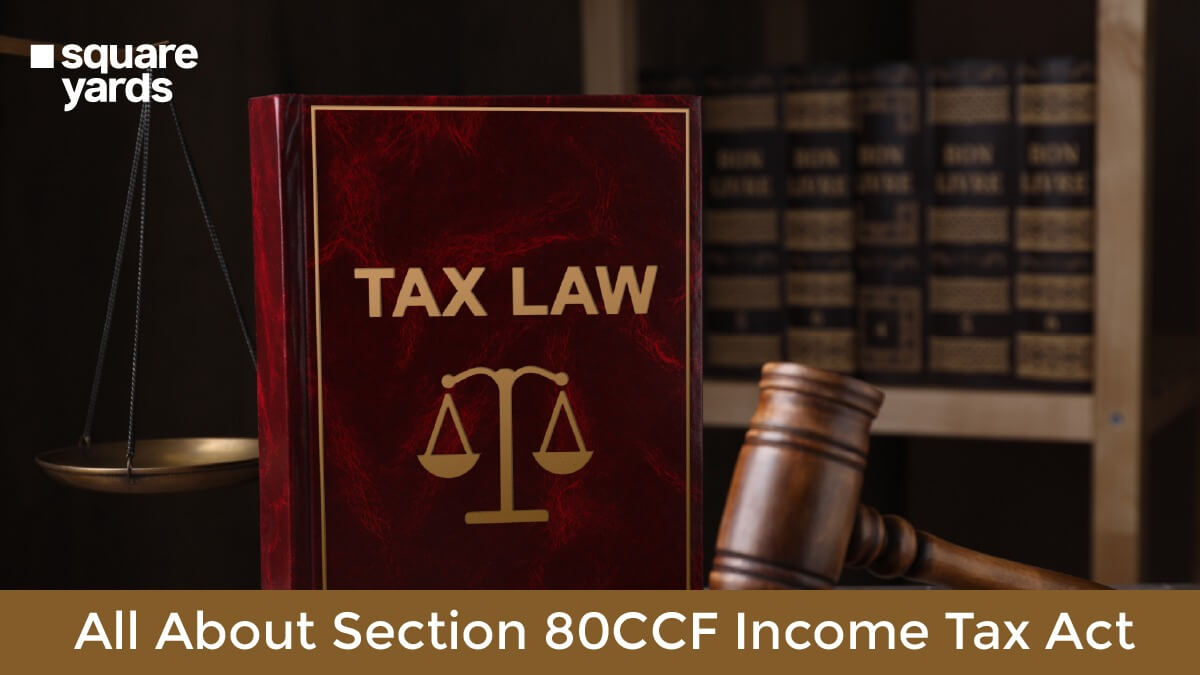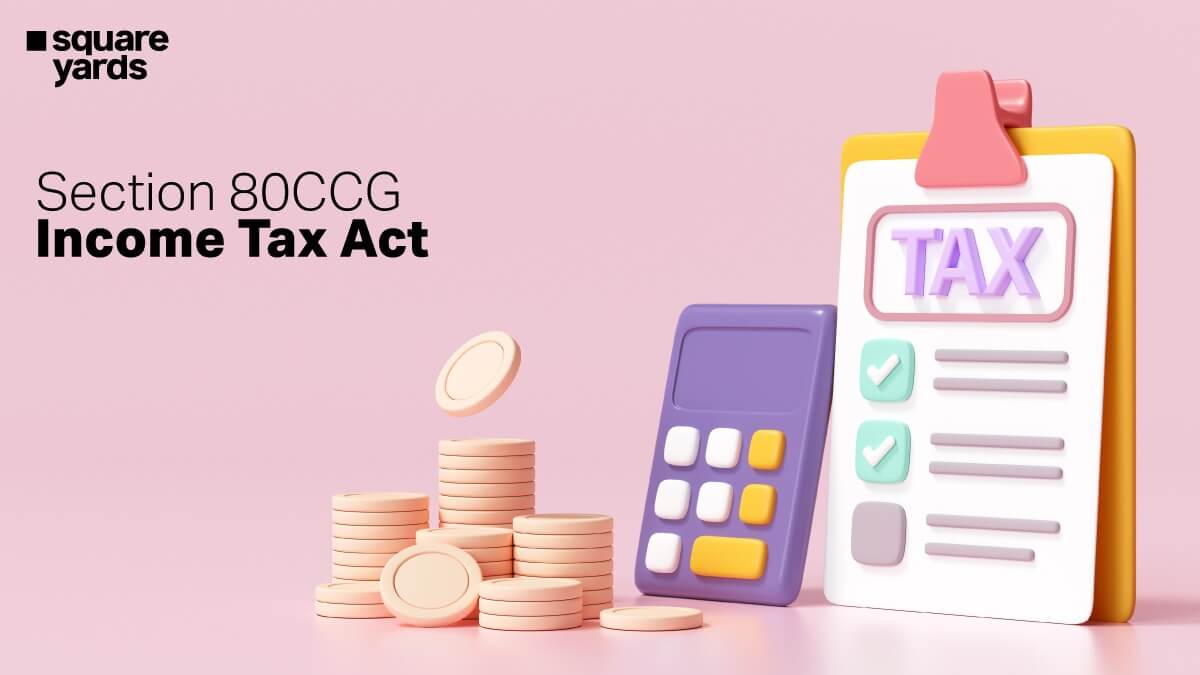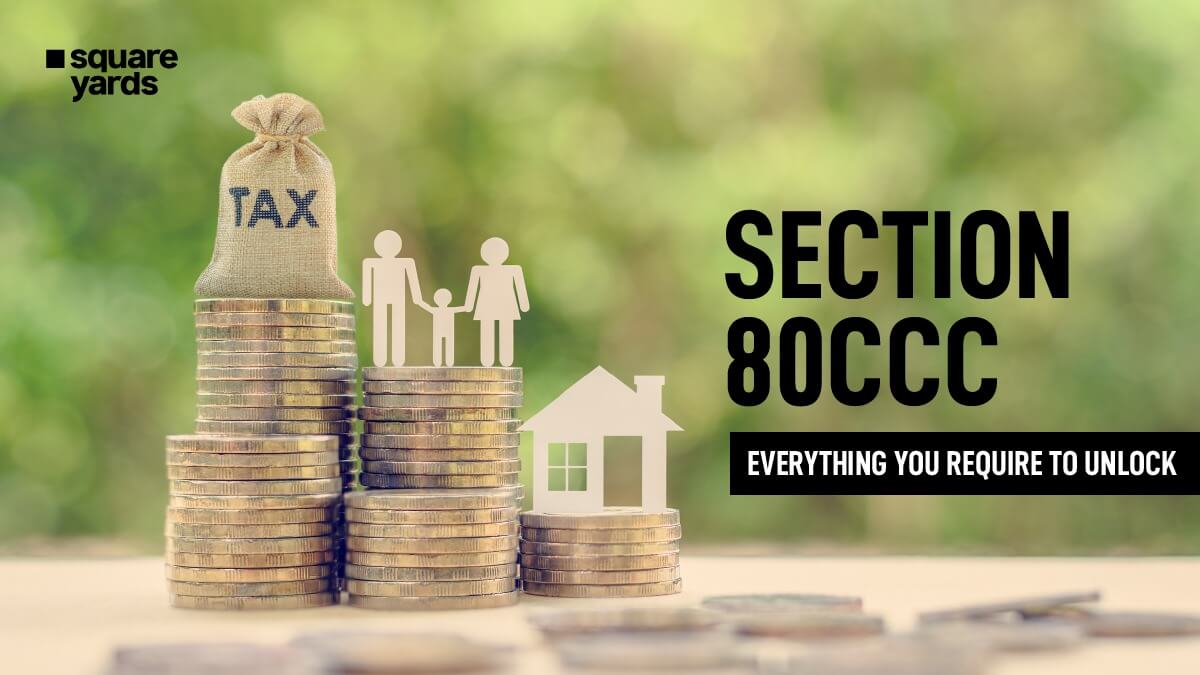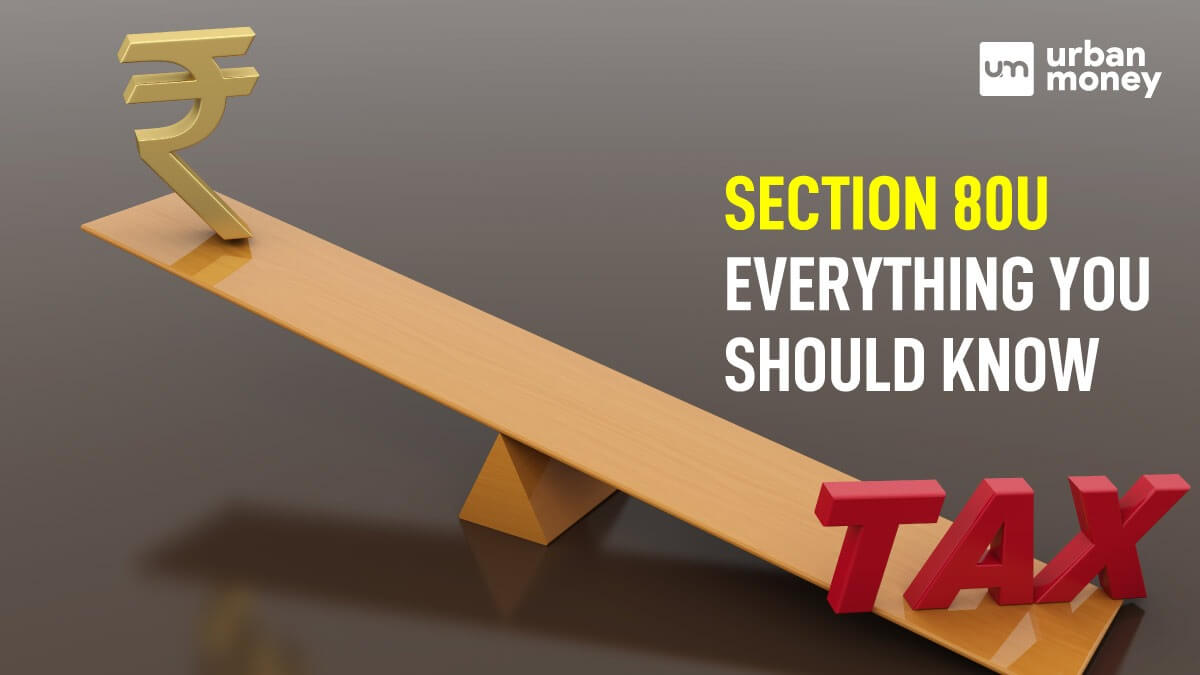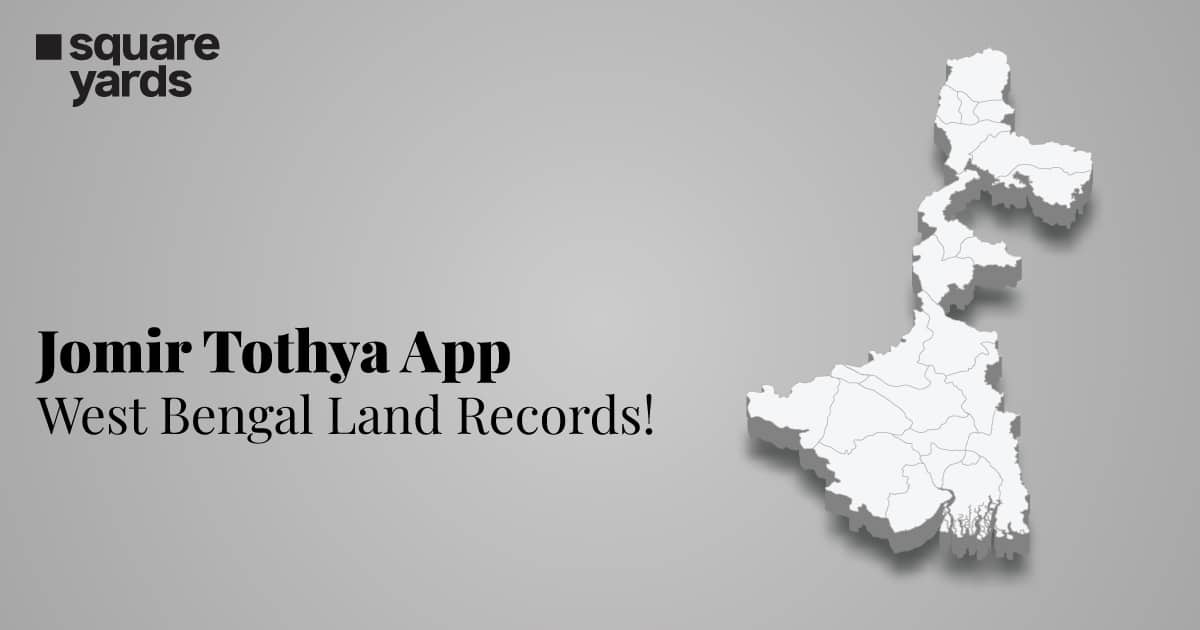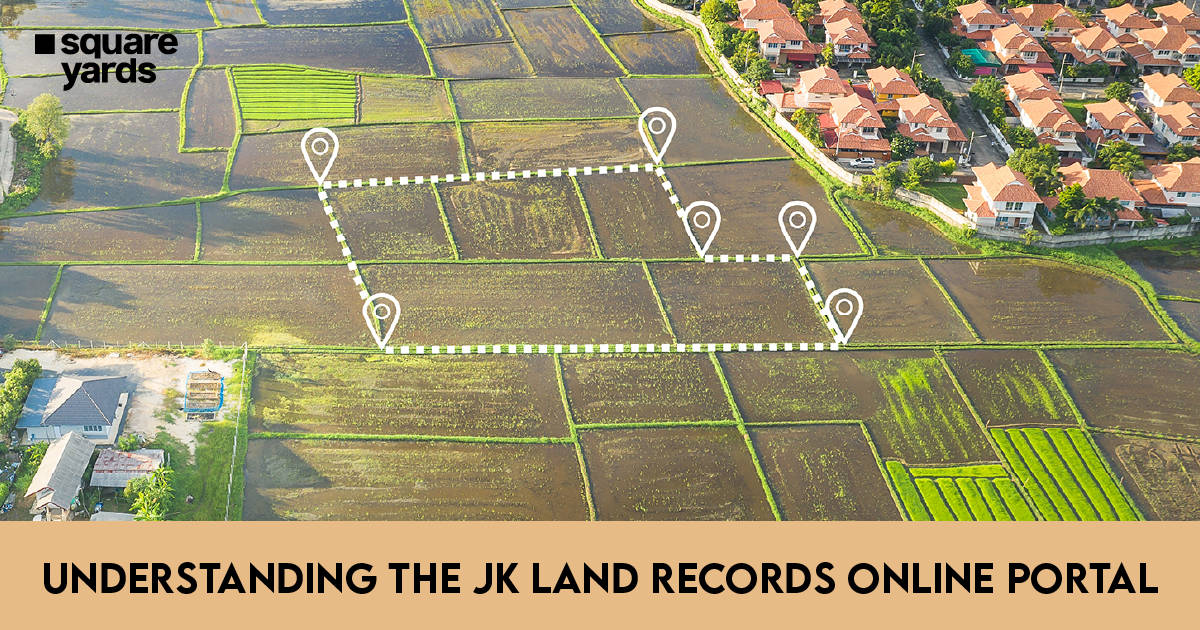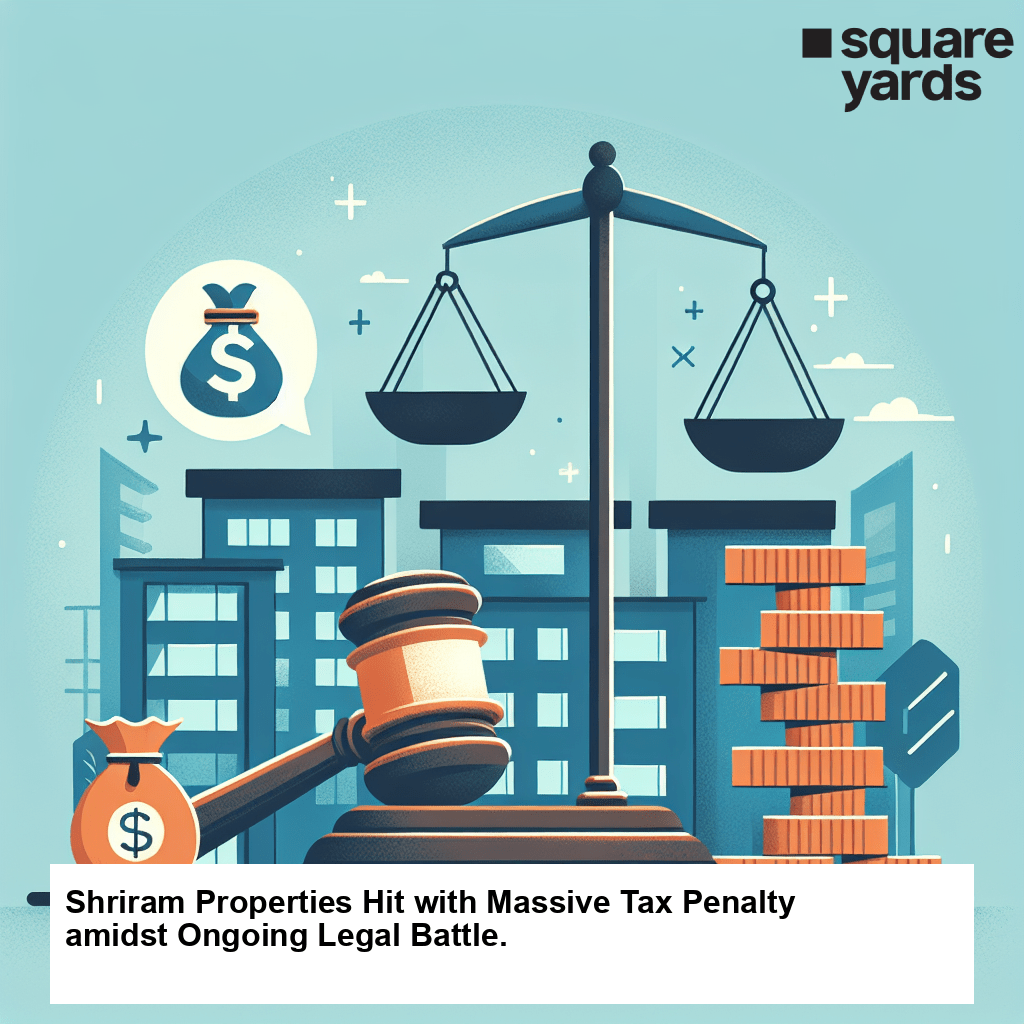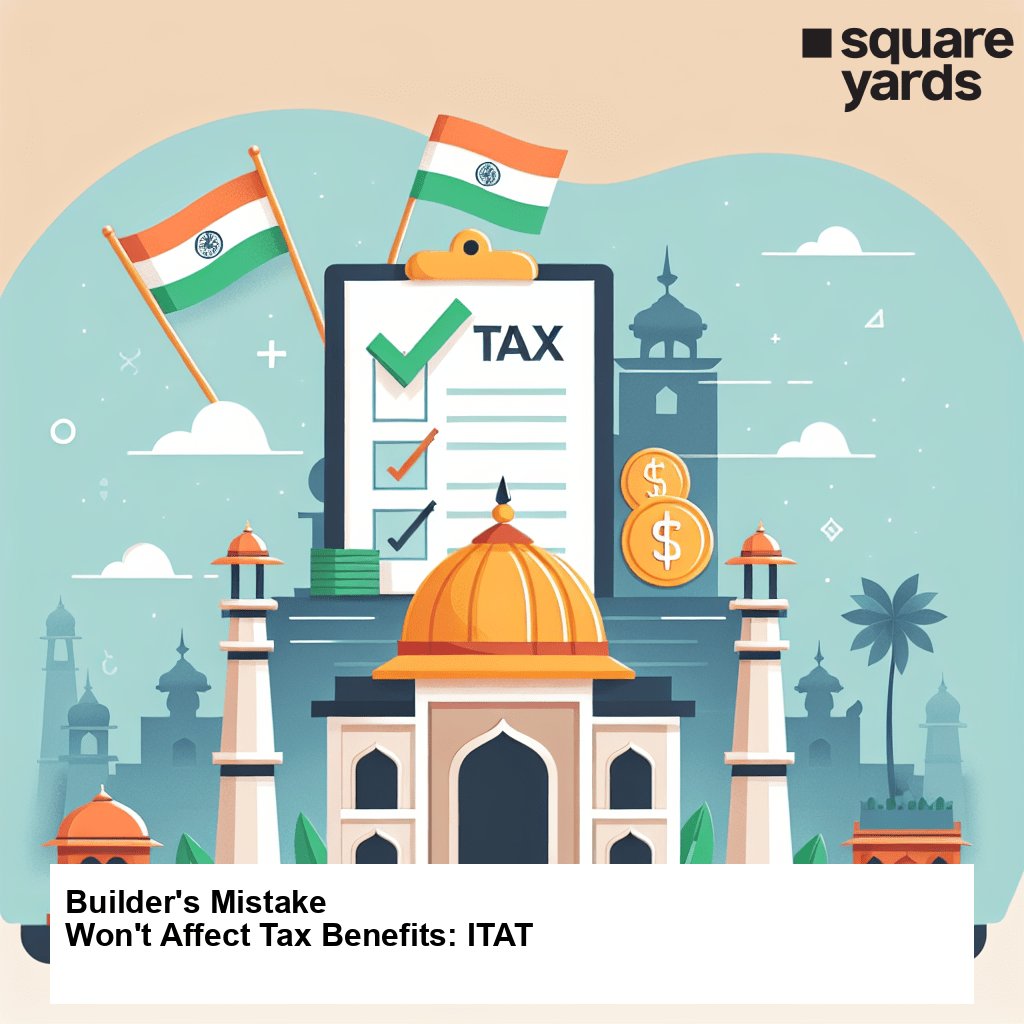Ever since the implementation of the Goods and Services Tax in 2017, the GST bill underwent several amendments. These amendments or updates are decided during the annual GST council meetings. The GST bill has been a primary topic of debate especially concerning its power to transform the entire taxation system in the country and the ability to make the process more streamlined for taxpayers.
All this makes it very important for the common taxpayer to be aware about everything related to the bill. In 2017, the country’s taxation system was completely revolutionised when the Lok Sabha unanimously agreed to pass the four main bills that formed the greater GST framework.
In this blog, we will take a look at the GST bill, and some of the changes it has gone through over the years.
Table of contents
What is the GST Bill?
The philosophy behind the implementation of GST in the country was to integrate the various taxes that we paid to acquire goods and services into one single tax structure. Goods are literally consumed by every individual in the country, and under the previous taxation system, the taxpayer ended up paying several different taxes for just one product.
This, however, changed with the introduction of GST replacing several taxes and surcharges like Central Excise Duty, Service Tax, Special Additional Duty of Customs and Additional Duties of Excise and Customs. The four main bills that were introduced in 2017 are as follows:
- Central Goods and Services Tax Bill (CGST)
- Compensation GST Bill
- Integrated GST Bill
- Union Territory GST Bill
Importance of GST Bill
According to a statement by Mr. Arun Jaitley (Former Finance Minister of India), the GST bill will have a massive effect on controlling excessive inflation in the economy. Products like beauty goods, electronics, jewellery items, are liable to a different taxation rate depending on what state they are from. The rules of this bill remove ambiguity and instil transparency in the taxation system.
Under the previous tax regime, the Central and State governments levied tax on not the original cost of the product, but on the basis of the multiple taxes that were already being charged on the product. This not only increased the burden of taxation on the common taxpayer, but had a long-term detrimental effect on the GDP.
Further, it was believed that this bill could counteract the problem of tax evasion and simplify business operations. Essential commodities like agricultural products and food grains were not taxed to curb inflation.
Impact of GST Bill on the Common Taxpayer
The guidelines of the GST bill state that any services in the country will be taxed at a rate not exceeding 18%, while tax on mass consumption products will be capped at a maximum of 5%. For all other goods and services, the nearest applicable tax slab rate will be applied. Everyday household items like soap, oil, toothpaste, etc., are now taxed at 12-18% as opposed to 20% in the previous tax regime.
Electronic products like air conditioners, refrigerators, and washing machines are taxed at 28% as compared to the 30% in the previous tax regime, making them more affordable to the common man. Luxury products like cars, tobacco, aerated drinks, etc., are taxed at 28%.
The GST bill does not have a noticeable impact on taxpayers who work in offices and receive subsidised products and services, since these items are liable to more taxation. Such goods and services include health insurance, fitness club memberships, taxi services, etc. Further, small to medium-sized firms might have to take the brunt of GST if the supplier is not registered under the GST regime.
The GST bill has its own merits and demerits, and a number of crucial steps still need to be taken to further reform the latter. The Central Government is considering setting up an authority to verify if there has been a reduction in taxation rate by the companies to the consumer ever since the GST has been introduced. However, GST has helped simplify the complicated tax framework and streamlined the process for taxpayers.
GST Changes in 2017
Even though the GST bill has integrated different taxes into one single system, the 4 different bills that have been passed do not impose a uniform taxation rate across all aspects. GST has introduced a multi-layered tax system with four separate tax rates of 5%, 12%, 18%, and 28%. This is because luxury goods and everyday household items cannot be taxed at the same rate. Further, some goods and services are also exempt from GST, which means there are six different types of goods and services that fall under the scope of GST.
The CGST bill enables the Central Government to levy and collect tax on the intra-state movement of goods and services. On the other hand, the regulation and collection on inter-state supply of goods and services would be done in accordance with the Integrated Goods and Services Tax Bill of 2017. The Compensation GST bill was introduced in order to deal with any revenue losses due to the implementation of the GST bill. The Union Territory Goods and Services Tax enables the levying and collection of tax on the supply of goods and services in the Union Territories of India.
GST Changes in 2022
With effect from 1st January 2022, the GST bill has gone through several changes and amendments. Some of the main changes in the tax system were introduced in the CGST Act via the introduction of the Finance Act of 2021. Various changes have been made based on the recommendations of the 45th meeting of the GST Council.
GST Bill Changes that Impact E-commerce Operators
The extent of these changes cover a variety of different areas. This includes shifting the burden of taxation to e-commerce websites, restricting input credit, enforcing provisions, etc. Given below are some of the changes in the GST bill that affect the e-commerce operators in the market:
- A provision has been added to Entry 15, according to which any passenger transportation services provided by an e-commerce platform for a non- AC as well as AC vehicle, has been brought under the scope of GST.
- A provision has been included in Entry 17, under which transportation services offered by e-commerce providers via auto-rickshaws have also been brought under the tax net of GST.
This means that food aggregator and e-commerce platforms that use such passenger transportation services are now liable to pay GST on restaurant services. The responsibility to pay taxes on non-restaurant services still lies with the store.
Restaurant services in this context refers to a supply of goods, or a part of any service for consumption being provided by a restaurant, canteen, mess, cafeteria, etc. As per the latest amendment to the GST bill, companies like Swiggy and Zomato will be responsible for levying, collecting, and depositing the GST at a rate of 5% on any supply of restaurant services.
| GST Category | Tax Levied by Restaurants | Previous Tax Treatment | New Tax Treatment |
| Any restaurant registered under GST | 5% | E-commerce operator collects and pays GST: 1% Restaurant pays the GST: 4% | E-commerce operator collects and pays GST: 5% |
| Any non-restaurant registered under GST | 5% / 12% / 18% / 28% | E-commerce operator collects and pays GST: 1% Restaurant pays the GST: Balance | E-commerce operator collects and pays GST: 1% |
| Hybrid Entity | 5% / 12% / 18% / 28% | E-commerce operator collects and pays GST: 1% Restaurant pays the GST: Balance | E-commerce operator collects and pays GST: 5% on restaurant services and 1% TCS on non-restaurant services |
| Unregistered Restaurant/Non-Restaurant/Hybrid Entity | No tax | No tax | No tax |
GST Updates: Rate Cuts Introduced
The GST Council in its 45th meeting has decided to revise the GST rates of certain items in the 28% slab, with now only 35 items being taxed at the highest rate. Some of the items that still fall in the 28% tax slab are video recorders, automobiles, tobacco products, dishwashing machines, cement, and pan masala.
You May Also Read:
| Goods and Services Tax | GST Returns |
| GST Cancellation | GST State Code |
| GST Return Online | GST Login Portal |
| Impact Of GST | GST E Way Bill |
| GST Refund | GST on Gold |
| GST Portal | GST Rate List |
Frequently Asked Questions (FAQ’s)
Who introduced the GST bill in India?
The GST bill was initially introduced in India by Mr. Arun Jaitley, who was the former Finance Minister of India, under the Narendra Modi Government in 2016.
What is the lowest GST rate in India?
In India, there are 4 different types of applicable GST rates. The lowest tax rate is applied to essential household products like food grains and other agricultural products.
What are the 3 types of GST?
The 3 different types of GST applicable in India are CGST, SGST, and IGST.


